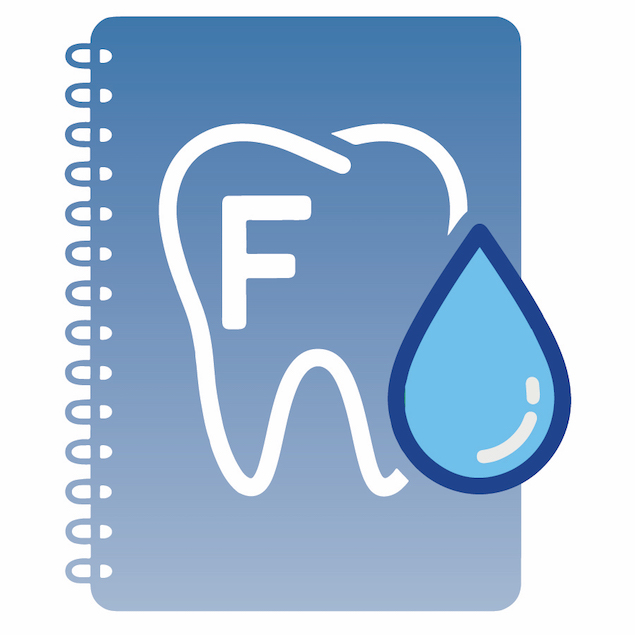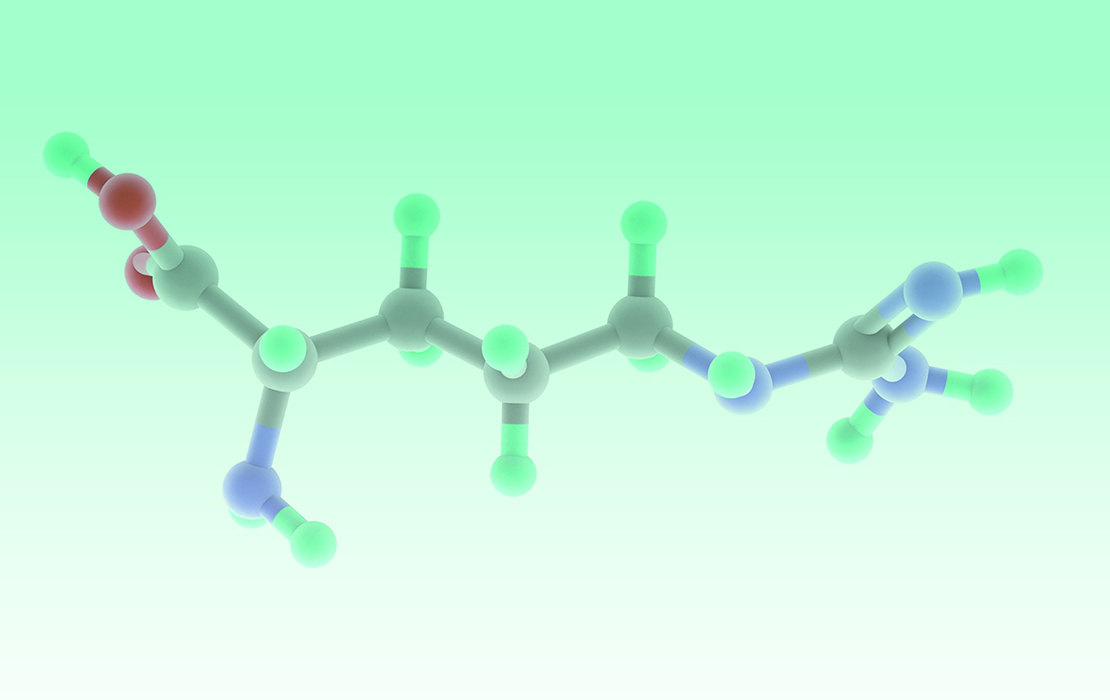You Ask, We Answer: Is water fluoridation effective in helping to prevent tooth decay?
Next installment of series on ‘Fluoridation Facts’

With the release of the ADA’s new edition of "Fluoridation Facts," readers can learn the answers to hundreds of frequently asked questions about community water fluoridation and the latest scientific research. "Fluoridation Facts" — the Association’s free resource on fluoridation that examines the mineral’s effectiveness, safety, practice and cost-effectiveness — works to assist policymakers and the general public in making informed decisions about fluoridation. The new edition contains more than 400 references and 10 new Q&A’s for a total of 69 covered over 114 pages.
In an ongoing series, the ADA News is delving into many questions explored in the book through conversations with experts about fluoridation information and misinformation — from overall effectiveness to whether ingesting fluoride impacts IQ, health and reproduction.
Scott Tomar, D.M.D., Dr.P.H., professor and associate dean for prevention and public health sciences at the University of Illinois Chicago College of Dentistry, discussed whether water fluoridation is effective in helping to prevent tooth decay — question No. 7 in “Fluoridation Facts.”
“The short answer to that is yes,” Dr. Tomar said. “Community water fluoridation continues to be an effective approach to reducing the burden of tooth decay. We have evidence from a number of different investigations, a number of observations in nature that suggest that even with the widespread use of fluoride toothpaste and other sources of fluoride, community water fluoridation still reduces the incidence of tooth decay.”
Recent research supports that conclusion, Dr. Tomar said. He pointed to the Cochrane Review published last year, which examined the effectiveness of community water fluoridation. The Cochrane Review is in many ways the gold standard for systematic reviews, he said, although its approach generally works better for randomized trials of drugs rather than population-based intervention.
“But given that limitation and that only a few studies met the inclusion criteria for that review, the bottom line was that it still found an overall preventive effect in communities that instituted community water fluoridation,” he said.
Dr. Tomar noted that most of those studies were conducted in Australia and the United Kingdom, and that the review included extensive additional evidence. There were also a large number of cross-sectional studies that compared caries in two similar communities — one of which was fluoridated and one that was not. The findings were remarkably consistent, he said, noting that they overwhelmingly found a low burden of tooth decay in fluoridated communities compared with nonfluoridated communities.
Despite widespread use of fluoride toothpaste, research continues to show that water fluoridation provides additional benefits, according to Dr. Tomar.
“I would say the best available evidence suggests that there is still an added benefit of having community water fluoridation, even with widespread use of fluoride toothpaste,” he said. “The most recent studies that have been published, again these studies were all conducted at a time where the vast majority of toothpaste on the market in the United States and most of the industrialized world has fluoride, and yet we’re still seeing a preventive effect.”
He noted that Calgary, Canada, and Israel both discontinued fluoridation and subsequently experienced increases in tooth decay and treatment costs, despite continued use of fluoridated toothpaste.
Dr. Tomar explained that these findings align with the scientific understanding of how fluoride works to prevent decay. Water fluoridation provides a low concentration of fluoride throughout the day, helping to replenish the fluoride reservoirs in the mouth so that low level of fluoride is present when it’s needed to prevent decay.
“The science suggests that [fluoridation and fluoride toothpaste] will work as a complement, they really do work together and we really need both,” Dr. Tomar said.
For more information on this free resource, visit ADA.org/FluoridationFacts.



